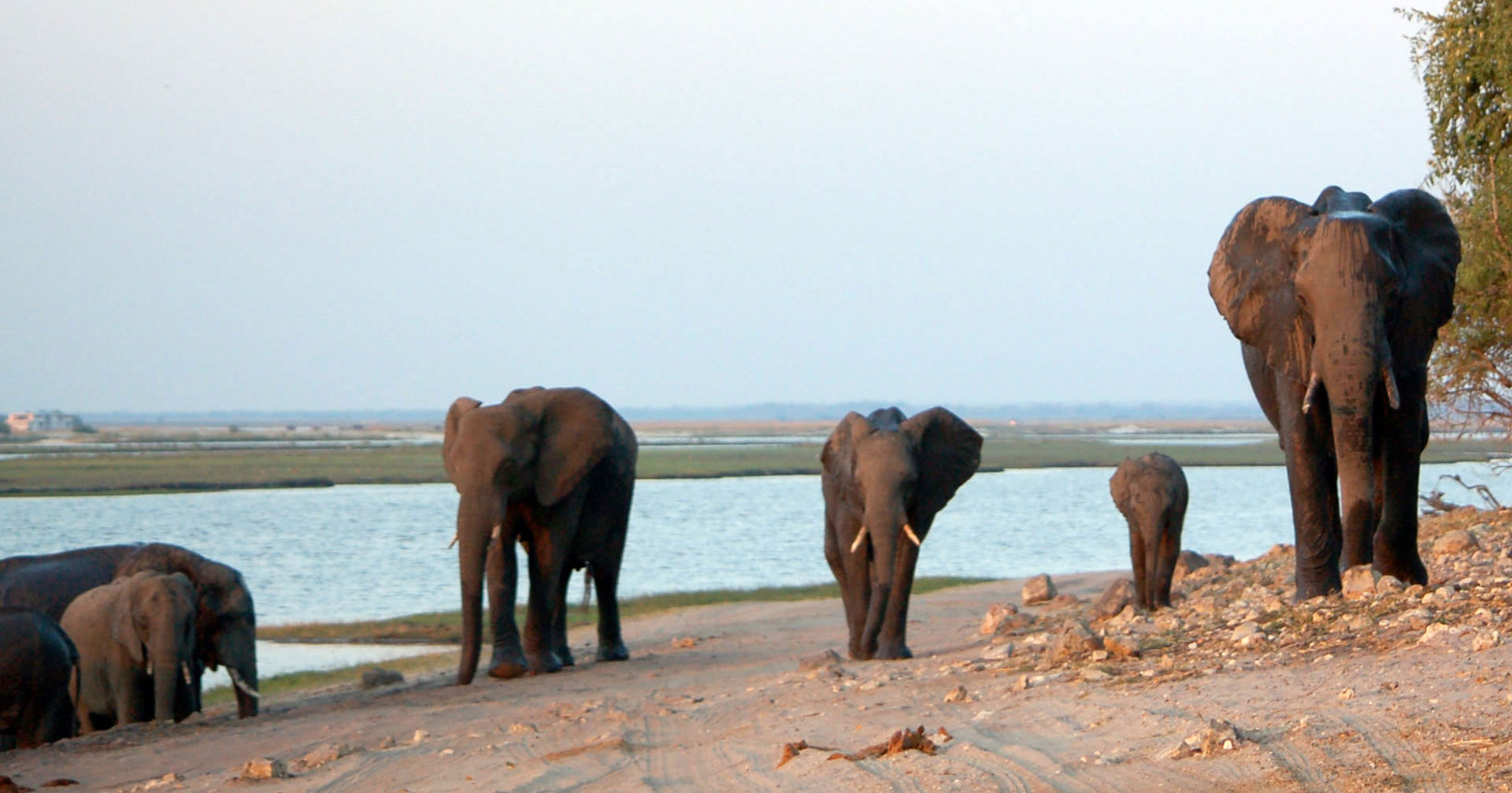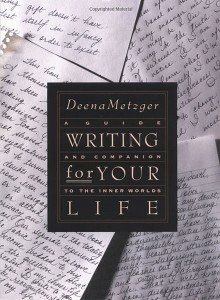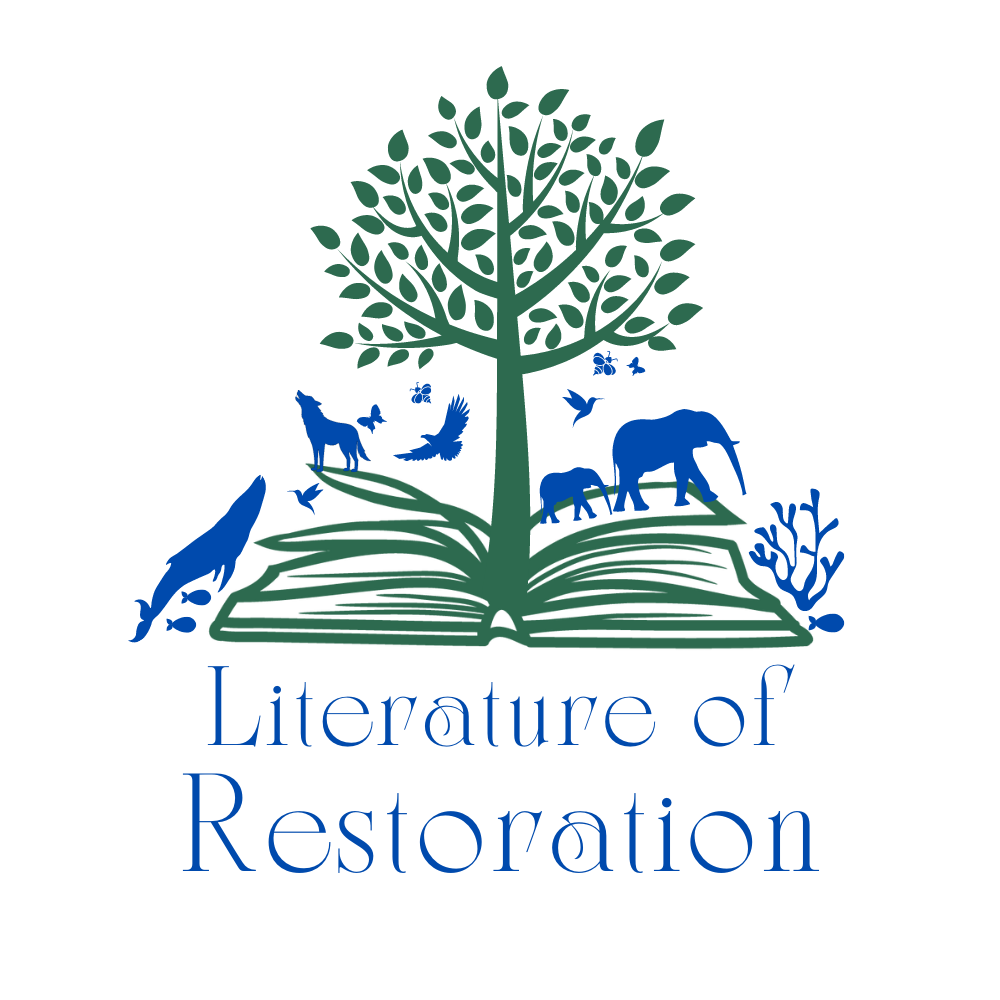Writing for Your Life:
A Guide and Companion to the Inner Worlds
Stories move in circles. They don’t move in straight lines. So it helps if you listen in circles. There are stories inside stories and stories between stories, and finding your way through them is as easy and as hard as finding your way home.
And part of the finding is the getting lost. And when you’re lost, you start to look around and to listen.
Corer Fischer, Albert Greenberg, and Naomi Newman of A Traveling Jewish Theatre, Coming from a Great Distance.
This book is available on Amazon and Bookshop.org
![]()
Every Life Is a Story
When I ask a gift from my death, it is that at the last minute I will be able to look back over my life and know, without any doubt, the entire story I have been living. As this final gift, all the details and events that I have been relentlessly ordering my entire life will arrange themselves in a simple and startlingly beautiful structure, until meaning — surprising and dazzling — flashes out of the dank, sticky, and entwined chrysalis of daily life. Then I will know, despite pain, disappointment, and mitation, that this life of mine has been a good and meaningful work.
It seems
the story of my life
is the story of trees I’ve loved,
some are standing, some fell down.
Every life is a story. Telling the story and seeing our life as story are part of the creative process. Under the best of circumstances, the process of writing allows us to give ourselves over to the realm of the imagination, trusting that within it, we act in the best interest of the self. Sometimes the simple willingness to explore story asserts the reality of the individual, and then the creative process of finding and telling the story becomes part of the way that we construct a life. Our life becomes a story that we are always in the process of discovering and also fashioning, a story in which we both follow and lead—a story that grips us with its necessity, posseses us unmercifully, and yet, paradoxically, that we create and recreate.
In this life, those willing to live in the imagination, walk that odd path between the inevitable and the spontaneous, between the ancient and the unique, between what is given to us and what we make, between what belongs to history-the history of our people and our culture-and what is as quintessentially ours as the sound of our own voice.
The story of our life is the substance of it. And our story is also the cross we bear. It can, simultaneously, be both our joy and our suffering, our enlightenment and our ignorance.
“I am in something now. I am in this story of me and my mother. This FIRST story. My story. I need to know this story. In one million ways, I need to know this story.
As much as I hate this story, it is MY story and I have always wanted to know MY story. It is the place for me to stand. The true and deepest knowledge of this story with all of the accompanying feelings, thoughts, emotions, ideas is my foundation. It is the place for me to stand although I cannot even talk about it yet.” -Barbara Lipscomb
![]()
Not Claiming Our Own Story
There’s an old folk tale called “The Sorrow Tree”: for aeons, people complained continuously and piteously to God. Unable to bear it, God suggested that they hang their sorrow on the Sorrow Tree. Then they were to choose any sorrow they wished from among those hanging there. They circled and circled the tree, looking for the very sorrow that would be exactly fitting and bearable, the one sorrow that would fulfill them. But after much searching, each inevitably reclaimed his or her own pain.
Whatever our story is, we must come to know it. It is given to us the way we are given ourselves; it is the source and the record of our identity. Perhaps story is the only thing we have at the end of our lives, and it is everything.
Imagine that you are at the end of your life. Without hesitating, without thinking, record the story you have lived in five sentences.
It is difficult for us to give up our grief because it is ours and through it we create identity. But sometimes the story, or the sorrow, to which we are clinging is no longer dependable. Story, if we allow it, can also trap us. It can become the treadmill, the rut. It can ravage and reduce us rather than inform and expand our life. One can be as zealous in creating a false story as another might be in discovering the authentic one.
Repeatedly telling a cover story is one of the ways we avoid the one story we must come to know. Offered the opportunity to know the deepest story, we tell the very same cover tale again, ever more ardently, out of fear of being in the unknown, out of self-pity, self-righteousness, out of despair. Refusing to relinquish these misbegotten tales, we find ourselves choosing a life that has nothing to do with our own.
![]()
Stalking the Authentic Tale
“Do you have a story to tell about your ethnic background?” I once asked Dan Saucedo.”There is no story,” he said. “My parents are completely assimilated. We never talk about Mexico, and it doesn’t matter to us.”
Is there a story, then, of their assimilation? I wanted to ask him this question but didn’t. He was adamant that there was no story to be told, and I felt it would be disrespectful to insist. But my intuition persisted. The way he insisted on the absence of story sounded like an amputation, and I wanted to know about the missing limb. Over time I suggested there might be a story, and over the same period of time, circumstances alerted Dan to the possibility that another story might be hovering beneath the one he was telling of his cultural neutrality.
Indeed, he discovered that his grandfather had kept a journal at the turn of the century during the first years that he had come to this country from Mexico. This discovery opened a door into story that Dan could not have predicted. It took Dan back into the past, and it changed his future. A few years ago, following the trail of this story, he went to Mexico; there in the remote mountains he discovered, as he told it, “villages of people looking exactly like me.”
The exploration of the Grandfather is a rummaging through the forbidden story, which was admitting I am Mexican. Being born in the fifties meant Mexican was a socially incorrect nationality, especially in Covina. I did not learn Spanish when it was mandatory in the lower grades, because it took me one step closer to the bloodline I was denying. “Mexican? No, no. That’s not me.” When light-colored blacks passed as white, I passed as Italian. By using my imagination, I was able to approach my heritage through the back door. It was a way of easing into the current without knowing it. -Daniel David Saucedo
An authentic story is open-ended. It can change. It can be transformed, and it has elements of the unknown. It combines all the elements until everything fits. It resembles other stories sometimes exactly, giving us the impression that we have been here before, and yet there is also something mysterious about it, something ambiguous, even contradictory, and that part is equally fascinating. We are consoled by the familiar and intrigued by what we don’t know. Here is one way to evaluate a story’s authenticity: if you think you know the entire story, you’re outside of it. You are in illusion.
The exploration of the Grandfather is a jumbled story with three primary sources: the image of the ideal mentor grandfather; my maternal grandfather, of whom little is known, except that he was an Indian from Mexico who loved to play music and left when my mother was young; and, lastly, my paternal grandfather, who was a working-class property owner from Zacatecas, Mexico, and whom I know through his journal and the stories my father tells.
In your workshop, my imagination was freed to create a composite grandfather. My maternal grandfather left twenty years before I was born, and my paternal grandfather died eight years before I was born. Thus, knowing something of them, but not too much, gave my imagination a foundation and the freedom to explore the prism of heritage. The three images fused into a single character-the teachings of one, stirred in with the mysticism of the second, infused with the practical world of the third.



